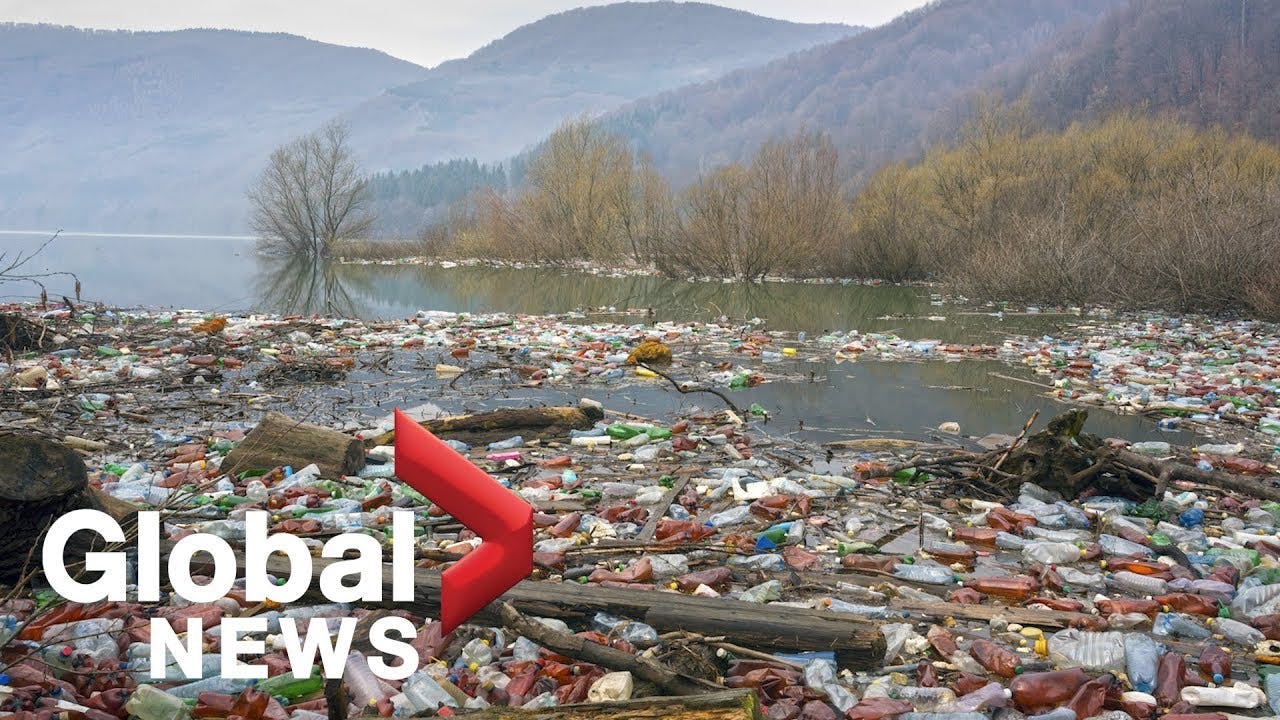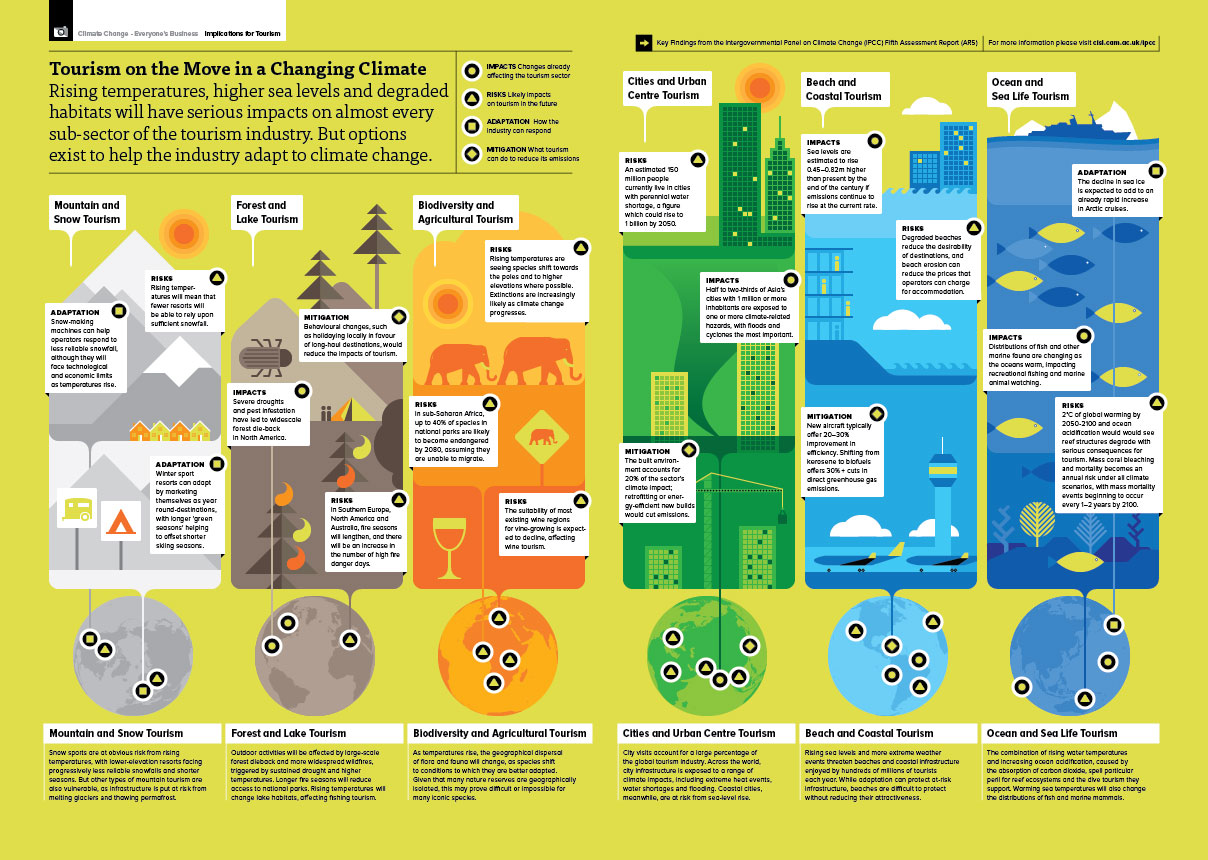The Footprint of tourism: How Recreation Erodes Natural Habitats
Tourism, a global industry that fuels economies and connects cultures, has a darker side: its profound impact on natural habitat loss. While the allure of pristine landscapes and exotic wildlife draws millions of travelers annually, the infrastructure and activities supporting this industry often come at a significant environmental cost. This article delves into the intricate ways tourism contributes to habitat destruction, exploring the mechanisms and offering insights into potential solutions.
The most visible impact of tourism on natural habitats is the development of infrastructure. To accommodate the influx of visitors, hotels, resorts, roads, airports, and other facilities are constructed, often in or near ecologically sensitive areas.
1.1 Coastal Development and Mangrove Loss

Coastal regions, popular tourist destinations, are particularly vulnerable. The construction of beachfront resorts and marinas frequently involves the destruction of mangroves, vital ecosystems that protect shorelines from erosion, provide nurseries for marine life, and sequester vast amounts of carbon. The removal of mangroves not only destroys these habitats but also increases coastal vulnerability to storms and sea-level rise.
1.2 Inland Expansion and Deforestation
Inland tourism development, particularly in forested areas, often leads to deforestation. The clearing of land for hotels, golf courses, and recreational facilities fragments forests, disrupting wildlife corridors and reducing biodiversity. This fragmentation isolates animal populations, making them more susceptible to disease and genetic bottlenecks.
1.3 Road and Airport Construction: Fragmenting Habitats
The construction of roads and airports to access remote tourist destinations can have devastating consequences. Roads fragment habitats, creating barriers to animal movement and increasing the risk of wildlife collisions. Airports, particularly in sensitive areas, can disrupt migratory patterns and introduce invasive species.

Tourist activities themselves, even when seemingly benign, can have significant direct impacts on natural habitats.
2.1 Trampling and Soil Compaction
Hiking, trekking, and other recreational activities can lead to trampling of vegetation and soil compaction, damaging fragile ecosystems. This is particularly problematic in alpine and tundra environments, where vegetation growth is slow and recovery is difficult.
2.2 Wildlife Disturbance and Harassment
Wildlife tourism, while often touted as a means of conservation, can have negative impacts if not managed responsibly. Animals can be disturbed or harassed by tourists seeking close encounters, disrupting their natural behaviors and breeding cycles. The feeding of wild animals, often done for entertainment, can alter their diets and make them dependent on humans.
2.3 Coral Reef Damage: The Scars of Recreation
Scuba diving and snorkeling, popular activities in coral reef ecosystems, can cause physical damage to corals. Divers may accidentally break corals with their fins or hands, and boat anchors can damage reef structures. The use of sunscreen containing oxybenzone and octinoxate contributes to coral bleaching, further stressing these fragile ecosystems.
2.4 Introduction of Invasive Species

Tourists can unintentionally introduce invasive species to new environments. Seeds, insects, and other organisms can be transported on clothing, luggage, or equipment. Invasive species can outcompete native species, disrupt ecosystem balance, and cause significant habitat loss.
Beyond direct impacts, tourism also exerts indirect pressures on natural habitats through increased consumption and waste generation.
3.1 Water Consumption and Pollution
Tourism often places significant demands on local water resources. Hotels, resorts, and golf courses require large amounts of water for landscaping, swimming pools, and other amenities. This can lead to water scarcity and depletion of groundwater resources. Wastewater from tourism facilities can also pollute waterways, harming aquatic ecosystems.
3.2 Waste Generation and Disposal
The tourism industry generates vast amounts of waste, including plastic bottles, food packaging, and other disposable items. Inadequate waste management systems can lead to pollution of land and water, harming wildlife and ecosystems.
3.3 Increased Energy Consumption and Carbon Emissions
Tourism is a significant contributor to greenhouse gas emissions, primarily through air travel and transportation. The carbon footprint of tourism contributes to climate change, which is a major driver of habitat loss and biodiversity decline. Ocean acidification, a direct result of increased atmospheric carbon dioxide, further impacts coral reefs and other marine ecosystems.
3.4 Souvenir Trade: Exploitation of Natural Resources
The demand for souvenirs can drive the exploitation of natural resources, including endangered species. The trade in coral, shells, and other wildlife products can deplete populations and damage habitats. The harvesting of timber for souvenirs can contribute to deforestation.
The challenge lies in finding a balance between the economic benefits of tourism and the need to protect natural habitats. Sustainable tourism practices are essential to mitigating the negative impacts of the industry.
4.1 Ecotourism and Responsible Travel
Ecotourism, which emphasizes responsible travel to natural areas, can promote conservation and provide economic benefits to local communities. However, it is crucial to ensure that ecotourism operations are genuinely sustainable and that benefits are shared equitably.
4.2 Community-Based Tourism and Local Empowerment
Community-based tourism, where local communities are involved in the management and operation of tourism activities, can empower communities and promote conservation. By providing alternative livelihoods, it can reduce pressure on natural resources.
4.3 Policy and Regulation: Enforcing Sustainable Practices
Governments play a critical role in regulating tourism development and enforcing sustainable practices. Zoning regulations, environmental impact assessments, and protected area management are essential tools for mitigating habitat loss.
4.4 Education and Awareness: Fostering Responsible Behavior
Educating tourists about the impacts of their activities and promoting responsible behavior is crucial. Pre-trip information, on-site interpretation, and codes of conduct can help tourists make informed choices and minimize their footprint.
4.5 Technological Solutions and Innovation
Technological advances can provide solutions to reduce tourism impacts. Improved wastewater treatment, renewable energy sources, and sustainable transportation options can help minimize the environmental footprint of the industry.
Tourism, while a powerful economic force, must be managed responsibly to minimize its impact on natural habitats. The industry, governments, tourists, and local communities all have a role to play in promoting sustainable tourism practices. By prioritizing conservation, supporting responsible businesses, and making informed choices, we can ensure that future generations can enjoy the natural wonders of our planet without compromising their integrity. The need for collective action is urgent, as the continued loss of natural habitats threatens not only biodiversity but also the very foundations of our planet’s health and resilience.


